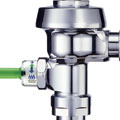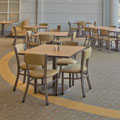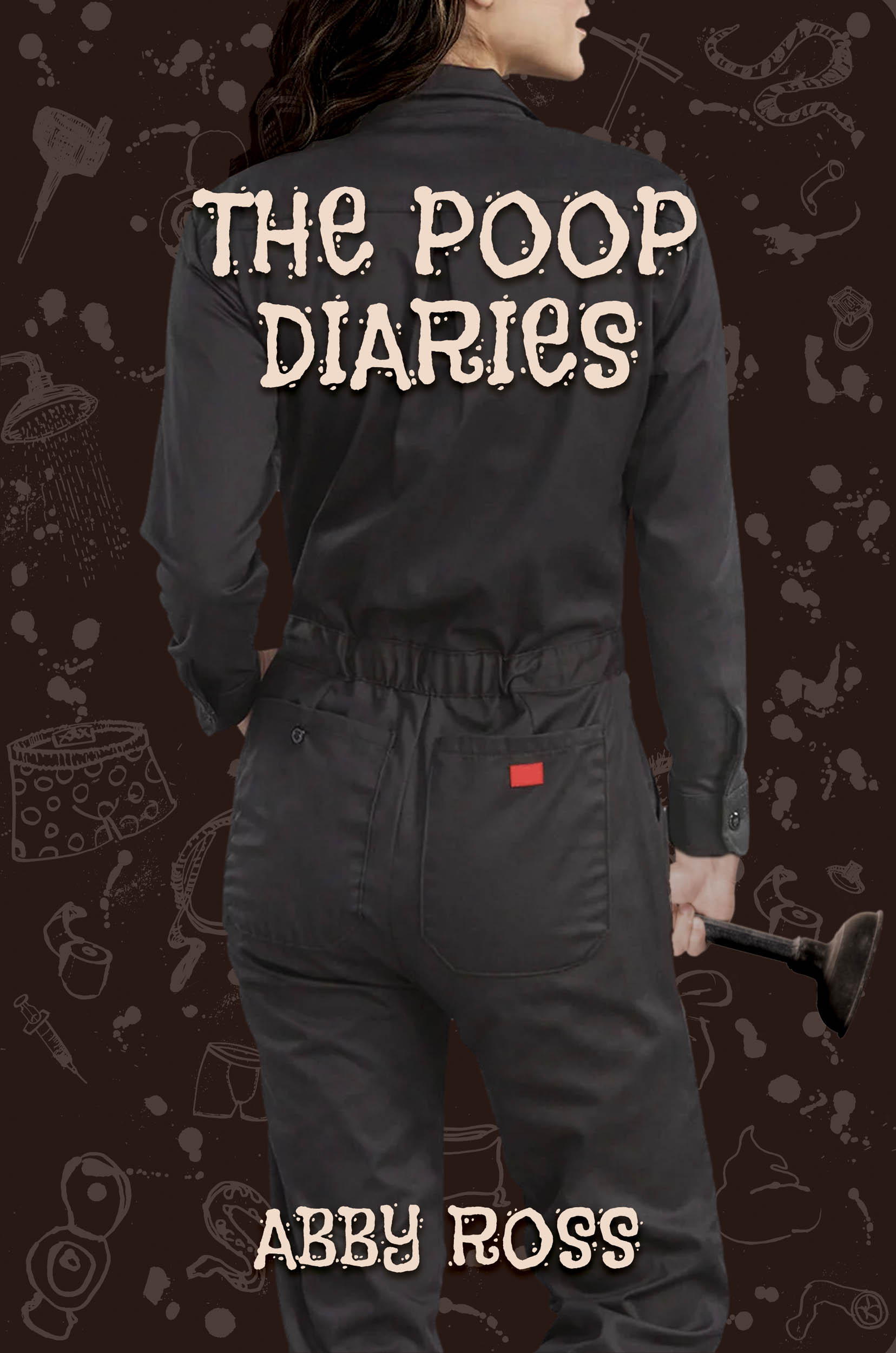
A spec writer can help a project achieve its LEED goals as seen in this
building in Connecticut.
Green building is a hot topic today. Whenever discussion turns to green buildings, it usually involves LEED Certification as a way to measure the greenness of the building.
While achieving many LEED prerequisites and credits involve design and/or construction decisions, just as many require inclusion of specific requirements in the specifications. This puts the specification writer in a very important position to help a project achieve its LEED goals.
A green/sustainable project only can become reality if the contract documents clearly convey the intent of the design. Through the specifications, the designer conveys a material’s physical, performance and environmental attributes as well as its installation instructions. By following some basic steps of specification writing, the designer can “green” his specifications to help achieve a project’s sustainability goals.

Figure 1: Automatic Flush Valve Substitution Analysis
1. Do Your Homework
The first step is taken long before the specifications are written, but it is a critical step to ensure a successful green/sustainable project. Before the material selection process begins, the designer should compile a list of environmental attributes that materials, which might be specified for a project, should have (i.e., recycled content, low volatile organic compounds content, certified wood).Similarly, the designer should compile a list of attributes that he does not want to see incorporated into the project through product specifications. While the LEED Rating System does not require the inclusion of plumbing, mechanical and electrical products in the calculations of recycled content or regional materials, the designer may count these products if he does so uniformly across the rating system.

Designers can create a spreadsheet evaluation form for products. Photo:
Sloan Valve Co.
2. Material Options
The next step takes place during the development of the project’s design as material options are being compiled and evaluated. Using the list of attributes developed in the first step, the designer evaluates the available options in each category of material. For example, if urinal flush valve options are being considered, the designer should make a list of available products to evaluate and then compare them to the attributes compiled in the first step.Of course, environmental attributes are not the only ones the designer must take into account in the decision-making process. Fire safety, aesthetics and life-cycle considerations must be added to the list of environmental attributes on projects to make a complete evaluation of the materials. By comparing the attributes of standard urinals vs. high-efficiency urinals, the designer will be able to make an informed selection of flush valves. The designer can also weight the various attributes as a specific project requires. On a green/sustainable project, more weight is typically given to the environmental attributes.
Several credits in the LEED Rating System affect the design of the building’s mechanical systems and how they are specified. For example, the Indoor Environmental Quality Category includes a requirement for minimum indoor air quality performance, which will be reflected in the selection and specification of mechanical equipment that must comply with ASHRAE 62.1. Credit 4.1 in this category limits the volatile organic compounds content of adhesives and sealants, including those used to install fiberglass duct liner. The appropriate specification section should include language that limits the VOC content of the adhesives.
3. Work With Manufacturers
Once the designer completes the evaluation of all the material categories on a project, he is ready to proceed to the next step in the specification process: identifying, researching and evaluating the specific materials and manufacturers in each of the categories.While this is the most intensive step in the process, it is also the most important step. Working with the entire project team, the designer compiles as much information as possible about the available materials from the manufacturers. Polling other members of the project team to determine their experience with the potential products is a valuable benefit of working with a team. By using the multitude of available building material and environmental Web sites, the designer can quickly identify materials and manufacturers to research.
With potential materials identified, the designer then starts to collect technical information that will be important in the decision-making process. A good way to start collecting this information is to develop a questionnaire that can be sent to all manufacturers to request specific information about their products’ environmental attributes.
While this may seem like a simple chore, it is not. Just sending out information requests does not always result in a mailbox full of detailed responses, technical information, samples and other information. Usually several back and forth exchanges will be necessary before you receive all the information you are seeking. In some instances you will be disappointed. This is understandable given the proprietary nature of most products and a manufacturer’s desire to maintain an edge over its competitors. Sometimes, just finding the “right” person to ask at a company can be difficult. Nonetheless, the designer must be persistent.
4. Organization Is Key
A useful evaluation tool that the designer can develop is a spreadsheet-type evaluation form (Figure 1). It should include a column to list the attributes being evaluated and separate columns to indicate the information for each product within a material category. When the form is completed, the designer will have a detailed chart showing how the products stack up against each other. On publicly bid projects where the designer must usually list three manufacturers for each product, the evaluation form will make it easier to find more than one manufacturer that will be able to provide an acceptable product.
The compilation and evaluation of materials are critical during the
specification process.
5. Time To Write
The completion of the evaluation process sets the stage for the final step, writing the specification. Using the information compiled in the previous step, the designer selects the appropriate specification sections to include in the project manual. To ensure that the environmental attributes are respected during the bidding and construction phases of the project, the designer must incorporate specific requirements into the specifications.Using the earlier flush valve example, the plumbing fixture, the plumbing fixture specification section should include requirements for flush volume and water-conservation features as well as compliance with the EPA WaterSense program. The section also could include guidelines regarding the use of renewable energy in the manufacture of the products and the submittal of documentation that substantiates the environmental attributes.
On publicly bid projects the designer can specify products based upon their performance and attributes rather than naming manufacturers. This, of course, puts the burden on the designer to have a detailed level of knowledge about the products available in each material category. It also requires that the designer employ a very strict substitution policy to ensure only acceptable products make it into the project. Clearly written and detailed specifications will make the designer’s job during the bidding and construction phases much easier.
The steps outlined above employ some of the basic tenets of specification writing that apply equally to both sustainable and nonsustainable projects. They begin at the earliest stages of a project’s development and continue through the design, bidding, and construction phases and end in the project’s completion. Following these steps will enhance a project’s chances of attaining its sustainable goals.




